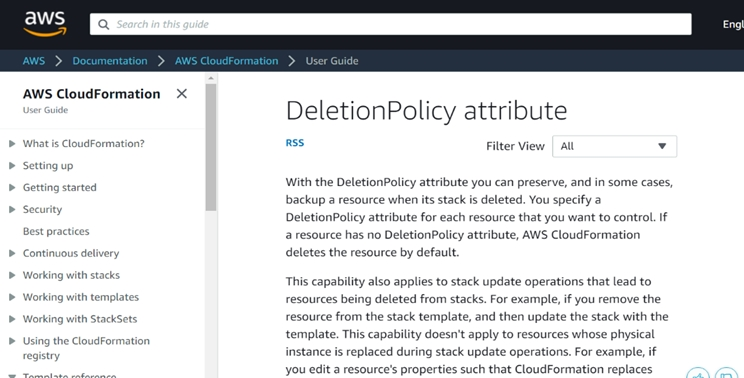AWS Certified Database - Specialty
Here you have the best Amazon DBS-C01 practice exam questions
- You have 359 total questions to study from
- Each page has 5 questions, making a total of 72 pages
- You can navigate through the pages using the buttons at the bottom
- This questions were last updated on May 4, 2025
 https://aws.amazon.com/premiumsupport/knowledge-center/cloudformation-accidental-updates/
https://aws.amazon.com/premiumsupport/knowledge-center/cloudformation-accidental-updates/